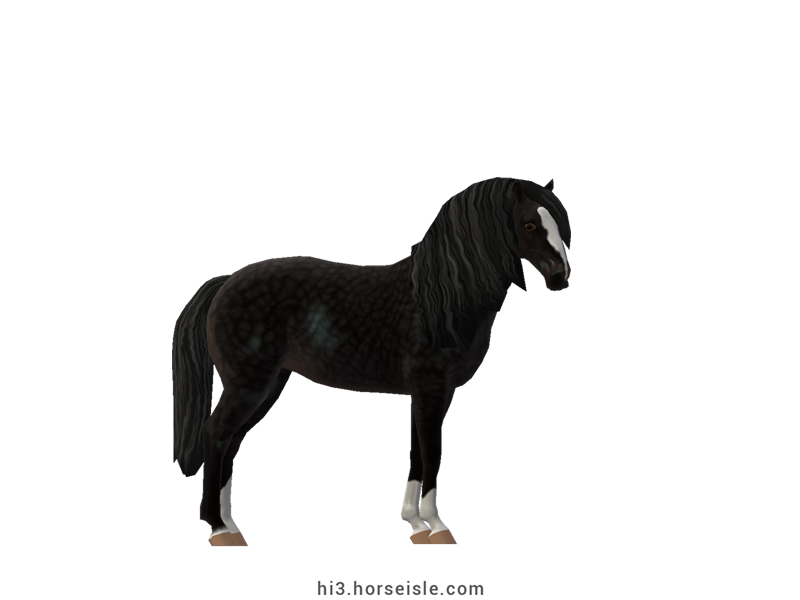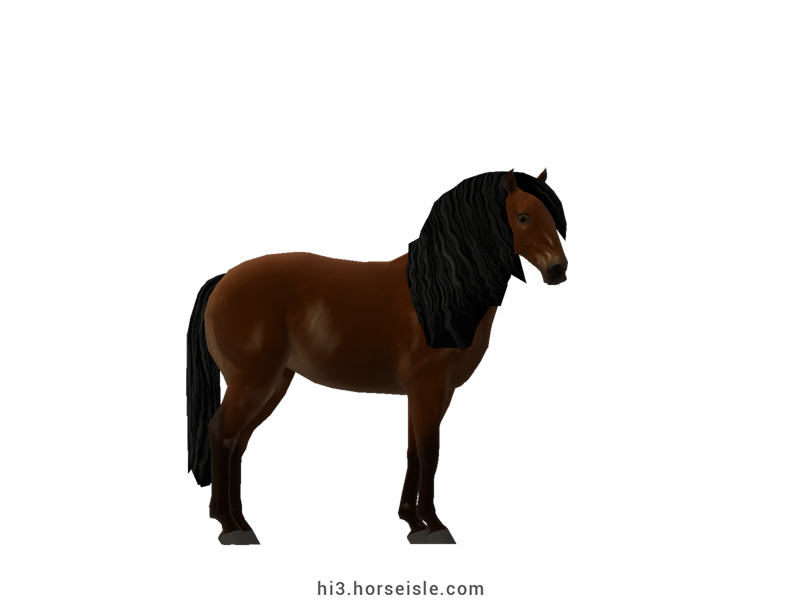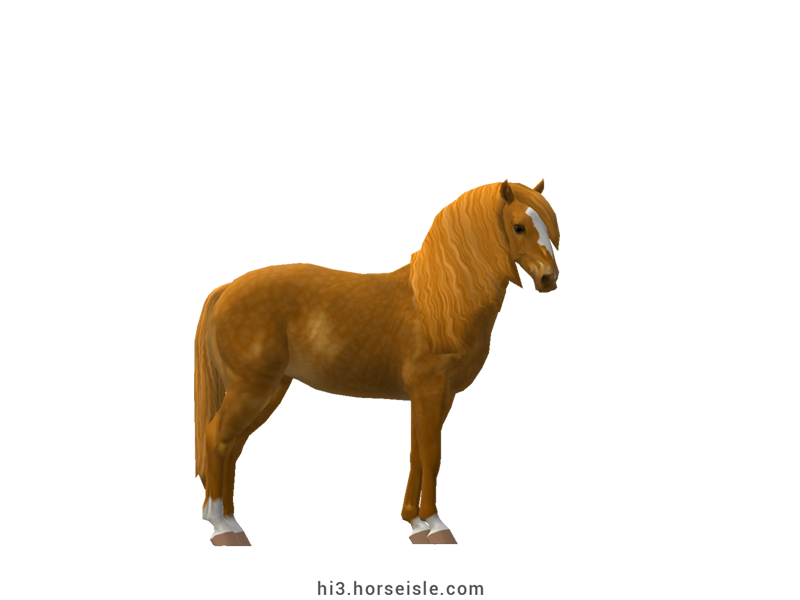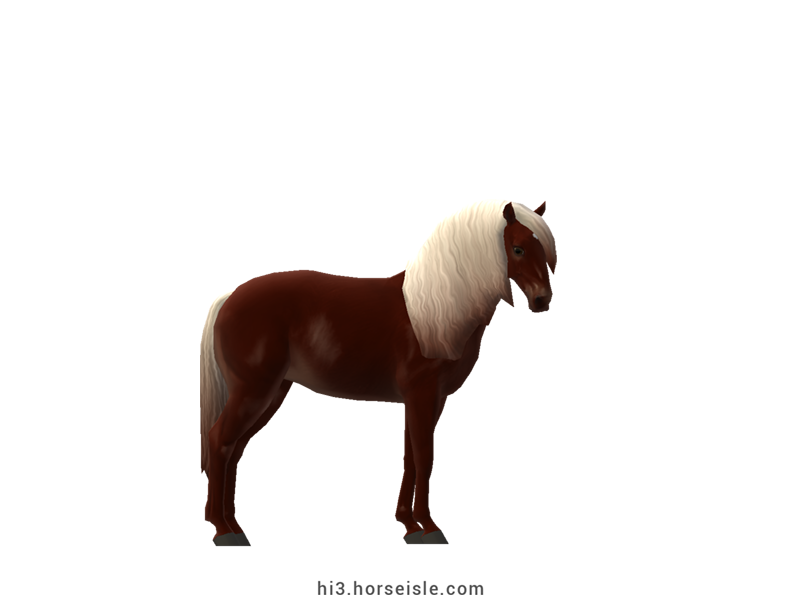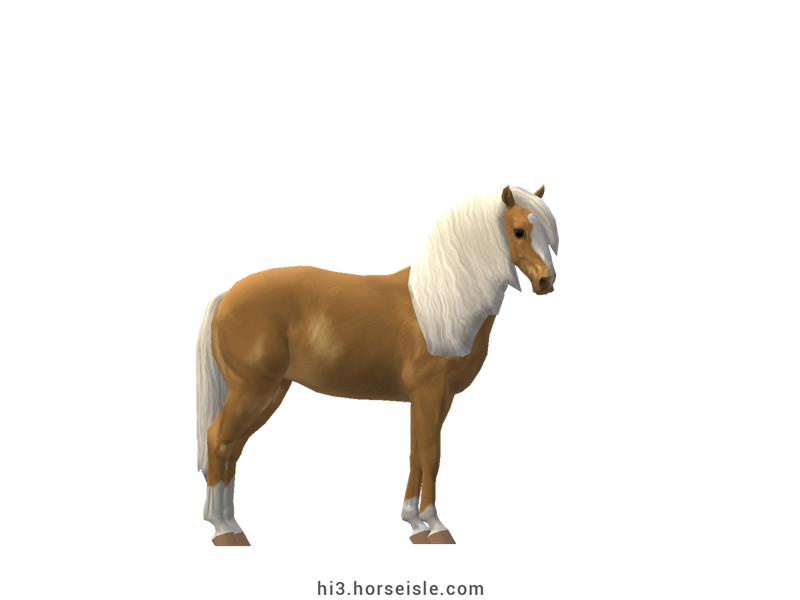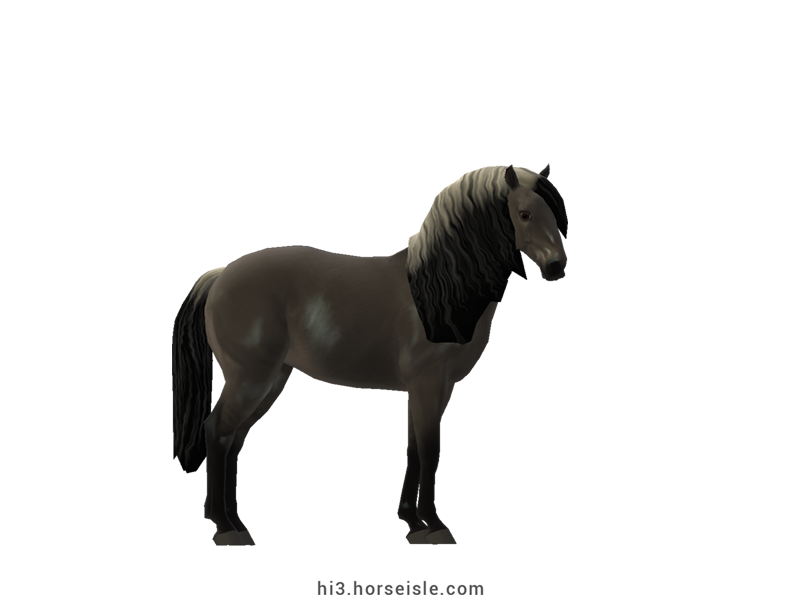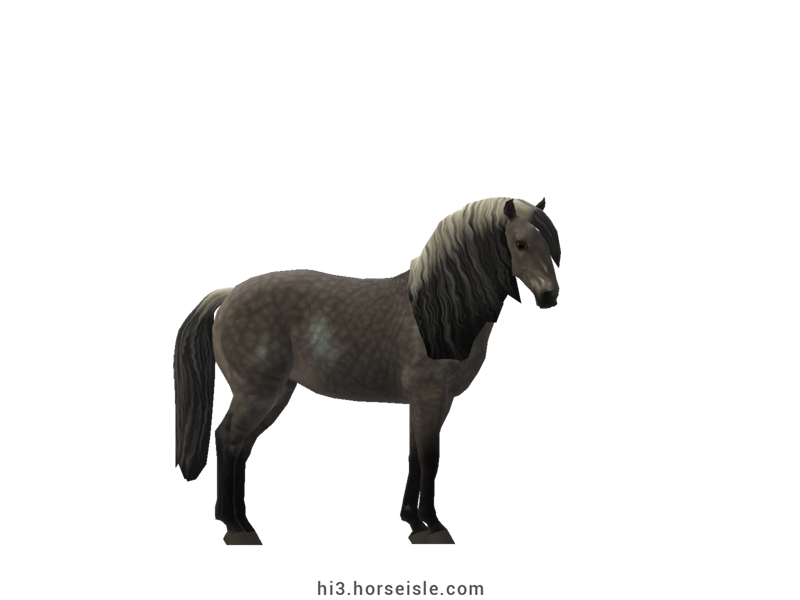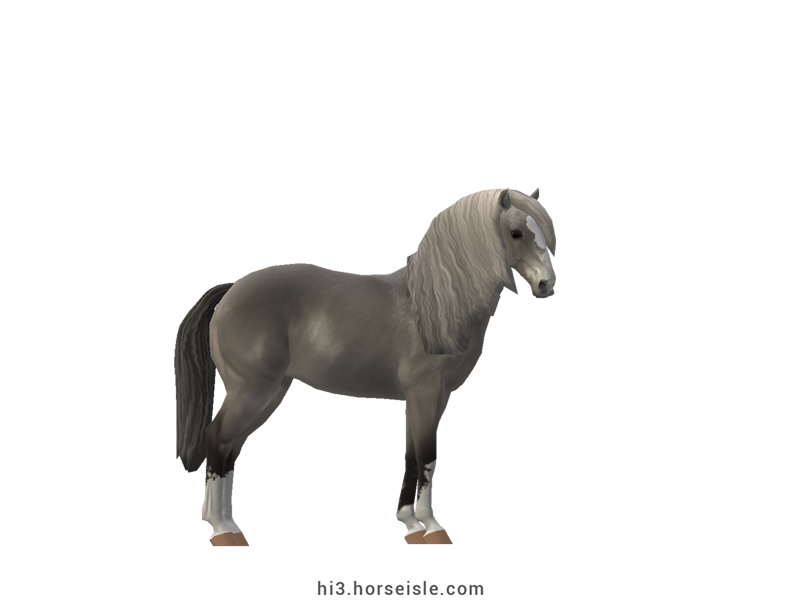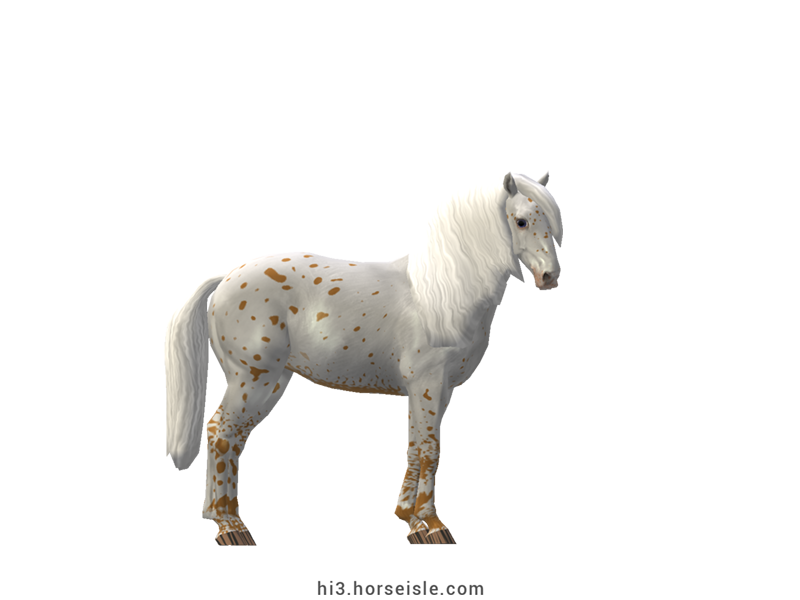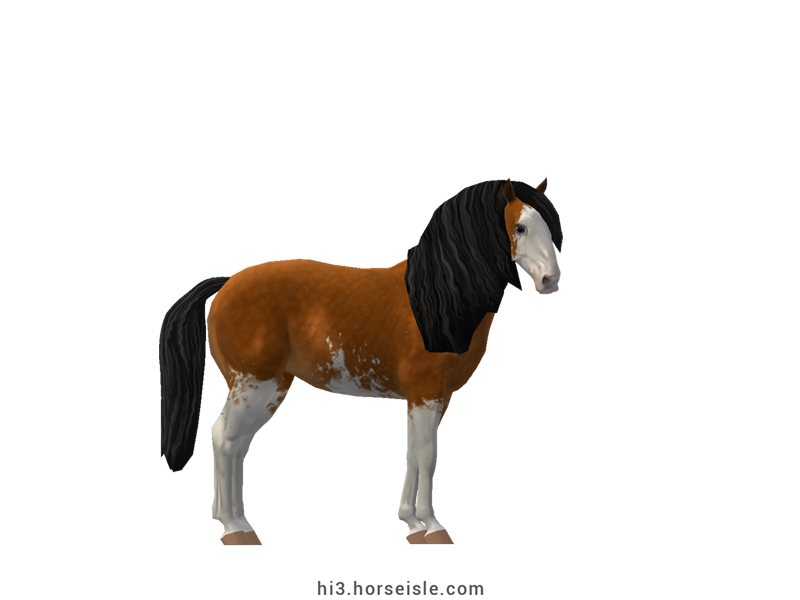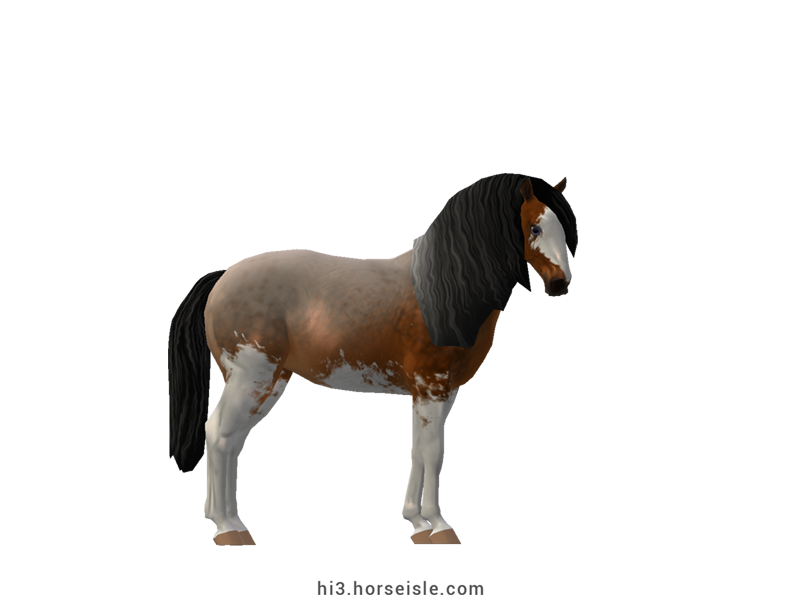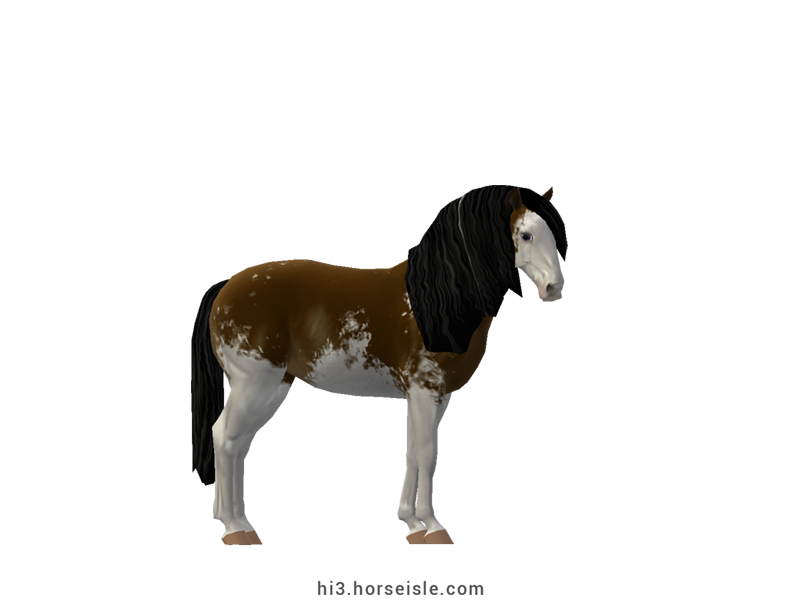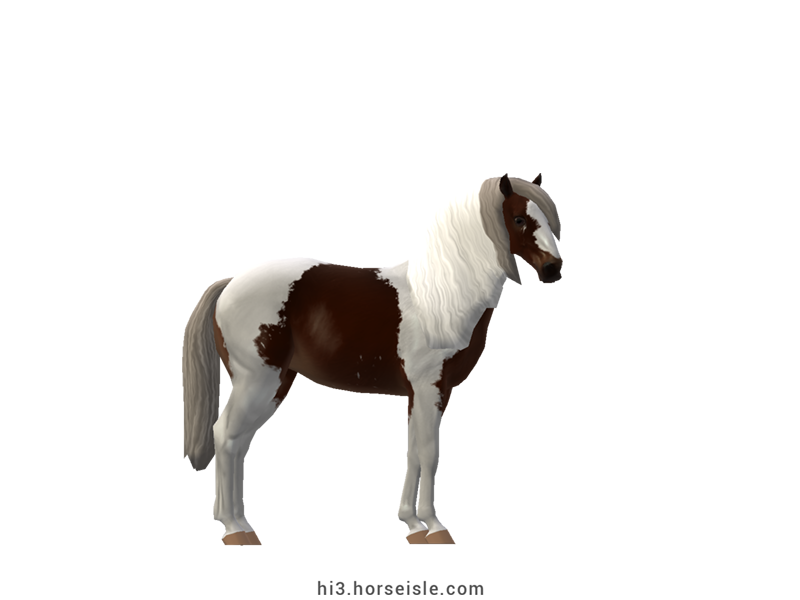Our Massive Real World Equine Reference!
[ INDEX ] Equine Type: Horse Breed: Artistic Baroque [ PREV ] [ NEXT ]
The iconic head:
Excessively slender heads in relation to the body is a feature that occurs in most Baroque portraits to some degree. Among the works that boast Baroques with extremely small heads are Charles I on Horseback, Equestrian Portrait of Henri de la Tour d'Auvergne, Marshal of France, and Equestrian Portrait of Madame La Duchesse de la Ferte. While some works, like Wolf and Fox Hunt, show more realistically proportioned heads, they are the exception rather than the rule.
The ears are also small, with extreme portraits showing ears only slightly longer than the horse's eye, like the equestrian portrait of Maria Kazimiera Sobieska. While the ears are usually upright, some portraits show a degree of inward curve (where the tips of the ears are curved inwards toward each other), with the equestrian portrait of Louis II de Bourbon as a boy being the best example.
Contrary to the ears, the eyes are always large, and many portraits boast horses with a characteristic, clear spark in their eyes which adds to the overall lively character of the horse.
A massive neck:
While the head is small, the neck is always massive and shows great volume of muscles. It also bears a generous crest as well as a broad base, both are features that exist in Baroque horses today.
Still, in all portraits, the neck always looks light and graceful rather than thick and bulky. That's because of its natural arch evident in both the smooth, rounded topline, and in the way the horse carries their neck. This iconic 'look' is still found in Baroque horses today, many of which show a natural talent for this type of rounded high-carriage.
To finish the majestic look, the neck is always decorated with a long and wavy mane.
A massive body:
Connected to the necks is an equally massive body. Equestrian portraits that show the front of the horse, like Charles I (1600-1649) with M. de St Antoine and the equestrian portrait Ryttarportratt pa Madame La Duchesse de la Ferte, reveal broad, muscular chests with ample of muscles.
The shoulders are just as wide, and the girth is always deep and with a somewhat flat underline. The hindquarters are rounded, as appropriate for heavily muscular hindquarters, and some portraits even show a double-croup with Wolf and Fox Hunt being the best example.
Legs and hooves:
Contrary to the body, the legs are rather fine, with horses having either rather thin cannons or cannons of normal thickness. In all cases, the smooth muscling of the forearms as well as the size of the hooves ensures that even the most delicate-looking legs are strong enough to carry these horses into battles.
Surprisingly, while most portraits show feather-less legs, some portraits show light feathering on the fetlocks. The equestrian portrait of Louis II de Bourbon as a boy even shows light feathering along the horse's cannons.
Breeding:
Baroque horses have a very iconic conformation in equestrian portraits, and their breed standard in Horse Isle reflects this. Horses will be heavily penalized if they deviate from the hallmarks detailed above, be it the small, noble appearance of the head or the massiveness, strong appearance of the body.
Still, with hard work and dedication, it is possible to create these unique horses, and to establish the grand breeding program on a royal scale.
Performance metrics:
The following are the: range, average, (SD), and MOE of performance metrics of ordered Artistic Baroques in Horse Isle (not bred ones). In rare cases,
Speed: 14.7-16.1, 15.4 (0.3), 0.06.
Sprint: 54-69, 60 (3), 0.58.
Accel: 1.11-1.28, 1.20 (0.04), 0.01.
Decel: 1.10-1.25, 1.17 (0.03), 0.01.
Jump: 5.11-5.37, 5.22 (0.05), 0.01.
Pull: 2.69-3.57, 3.10 (0.18), 0.04.
Turning: 64.79-78.57, 71.43 (3.15), 0.62.
Reverse: 2.8-3.4, 3.1 (0.1), 0.03.
Stamina: 45.90-52.65, 49.40 (1.29), 0.25.
Reaction: 0.71-0.81, 0.76 (0.03), 0.01.
Coats & Height:
Colors: bay, black, brown, chestnut, dun, grey, silver-dapple, and cream-dilutes.
Additionals: flaxen, minimal-mealy, rabicano, roan, sooty, dark mane & tail. The coat is either solid, tobiano, sabino, leopard, and few-spot leopard.
* not brindle.
Height: 14hh to 16hh.
[ INDEX ] [ PREV ] [ NEXT ]






